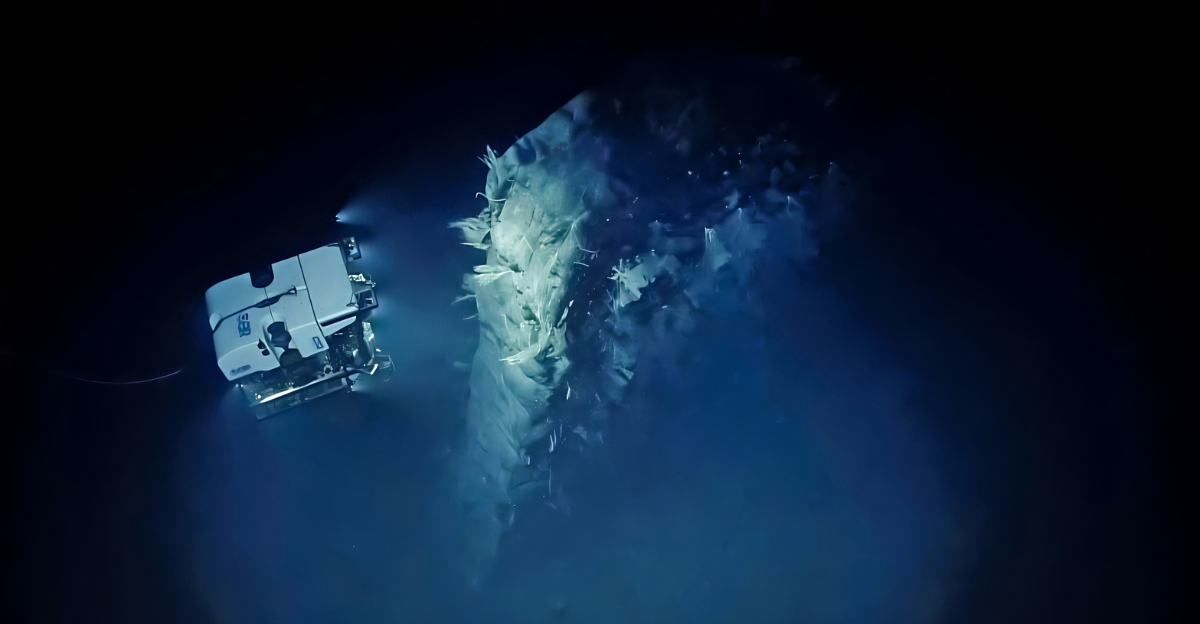
The National Oceanic and Atmospheric Administration, or NOAA, has found something strange after studying the Pacific Ocean. Researchers found a bizarre 50-foot-tall structure sitting on the sea floor.
This unusual “monolith-like” structure looks drastically different from natural underwater features such as rocks and other formations. The monolith is enormous; initially, researchers had no idea if it was man-made or a natural feature.
Its discovery is igniting the scientific field. It could unlock the secrets of the ocean’s history as researchers strive to continue their research and learn more about it.
Other Cases
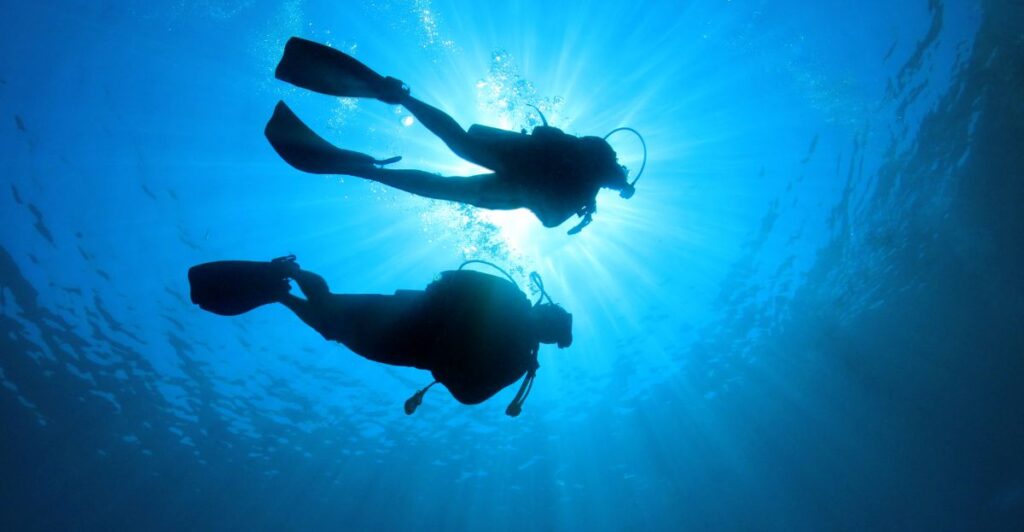
This isn’t the first time a strange stone structure has been found deep underwater. Another case occurred near Sicily, where a nearly 40-foot stone was found and was believed to have been made by early humans thousands of years ago.
This gave researchers insight into how technologically advanced early humans were and how they worked with tools. The new Pacific monolith is even bigger than the last one, which makes it even more mysterious.
Many want to believe that it was built by humans thousands of years ago, But that couldn’t explain why it’s sitting at the bottom of the ocean.
The Ocean Floor
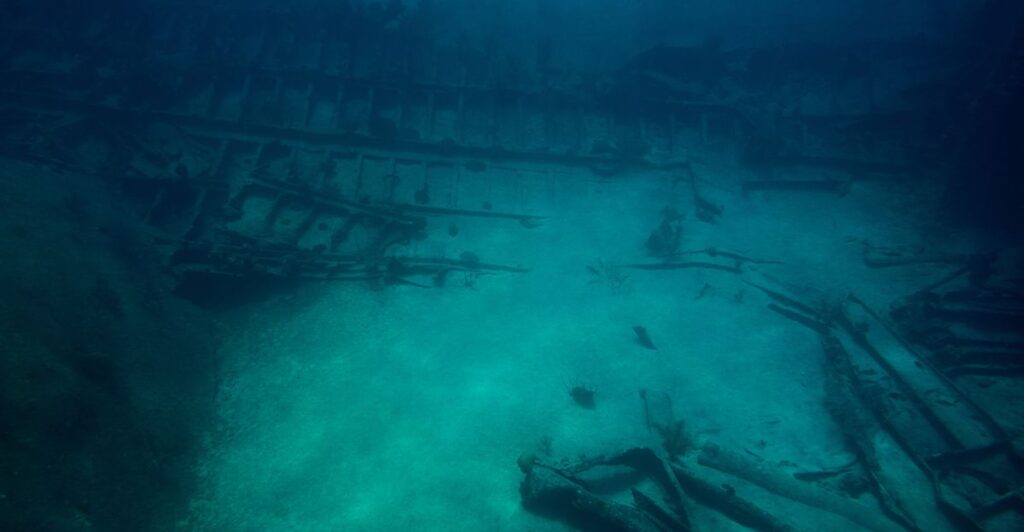
The ocean is still an enigma to science, as, despite extensive research efforts spanning hundreds of years, only around 20% of the ocean floor has been mapped or studied.
The NOAA often finds new and surprising things in the deep ocean, like previously undiscovered creatures or strange objects. Thus, it isn’t entirely unsurprising that they found something as strange as the monolith on the Pacific Ocean floor.
Since we know so little about the ocean, it’s bound to have plenty more surprises to show us as we continue to monitor it closely.
Monoliths Found In The Past

Researchers have found monoliths in the past that were made by early humans, and from these previously found structures, we know that early humans could not have created monoliths underwater.
Even more recently, metal monoliths are starting to be found on land, but with this one so far underwater, it’s unlikely that it was built there if humans did create it.
Research will continue, and more about the monolith will be understood over time. But scientists already have their explanation.
The Only Rational Explanation
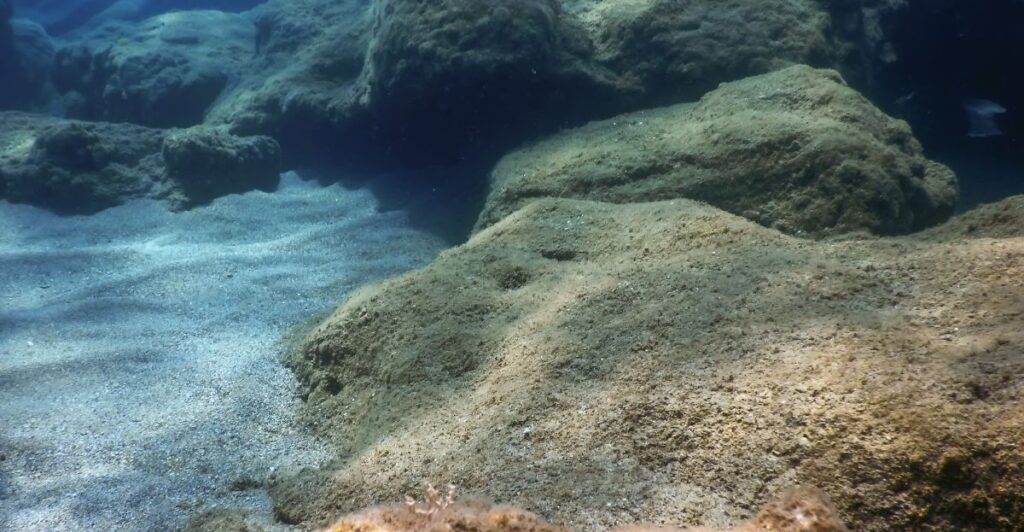
The ocean can make surprising shapes from ocean currents, pressures, and other factors that often result in columns of rock or more unusual formations.
Scientists quickly began offering the best explanation for the monolith, concluding that it was an underwater dike. Only further research will illuminate the full truth about this structure.
One of the researchers commented, “It’s interesting to see a standalone dike like this in a setting where the seamount may not have ever been above sea level, where typical erosion processes could have removed the host rock the dike intruded into. Some other sort of erosion or wasting process must have taken place.”
More Fictitious Theories
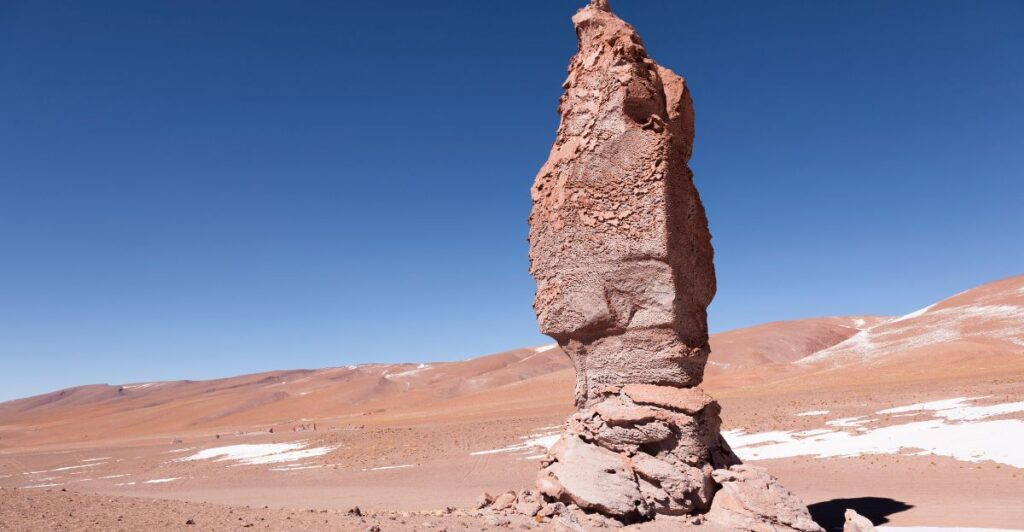
When new and unexplained structures are initially found, more out-of-the-box theories crop up, such as an unknown civilization or even aliens being responsible. These theories are not backed up by scientific evidence and aren’t usually taken seriously.
While the ideas are quite far-fetched, history shows that strange and unknown theories can sometimes prove new discoveries.
Scientists should keep an open mind when investigating research, not jump to conclusions, and ensure the validity of any evidence found.
Why The Discovery Is Significant
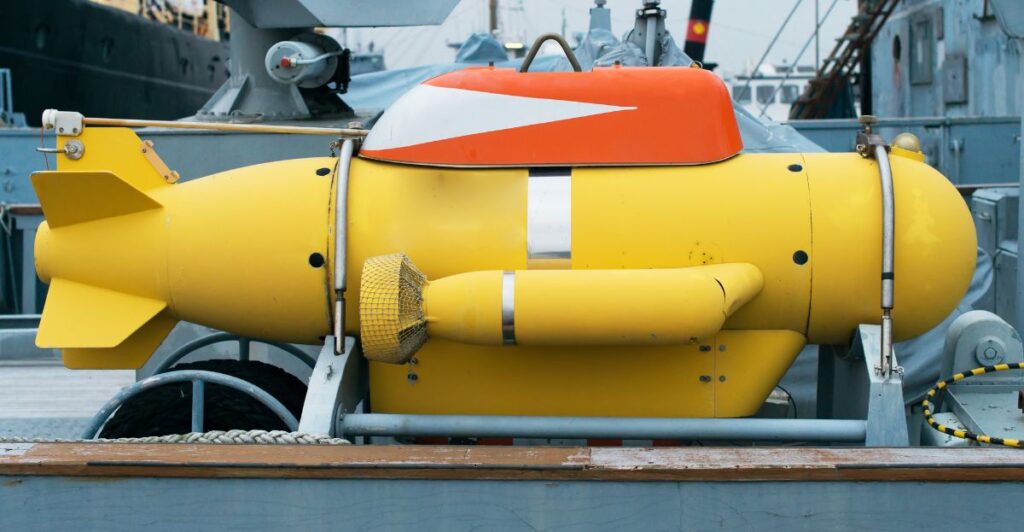
Even though the biggest explanation for the monolith’s existence is a natural volcanic formation, its discovery means there are many different opportunities for research. The monolith could open the gates to a new understanding of science as research continues and scientists strive to learn more about it.
Many want the monolith to reveal new natural processes in the ocean or advanced technology that old civilizations like the implications of other monoliths found, but researchers have further reinforced their opinion, “It’s an intrusive lava feature that will kind of shove itself between previously formed lava rock. Oftentimes, they’re of a different composition of the rock they’re in, so they tend to be slightly more resistant to weathering.”
Even if it is a natural formation, studying it could better understand geological activity or deep-sea ecosystems that could have previously been overlooked.
Unexpected Connections
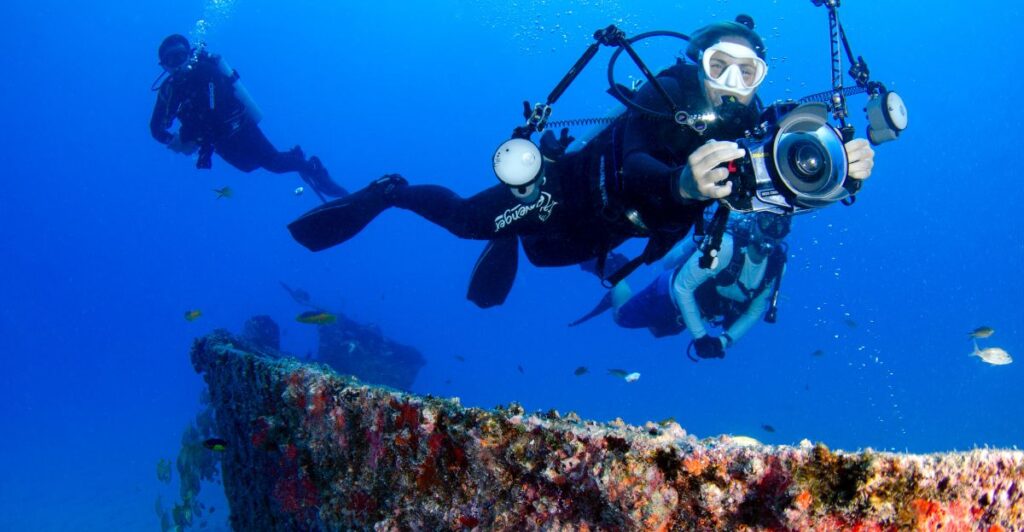
The discovery of the monolith could ignite unexpected collaborations across different fields. The monolith could be studied for its mineral content, making it relevant to mining industries.
Biotech firms could research the monolith for unique life forms that could use the structure as a habitat, and artists or media studios could be inspired to paint or use the monolith in their work.
Tourism could also be boosted as people learn more about the monolith and want to see it for themselves, just like the land-based monoliths that attract people everywhere.
Challenges
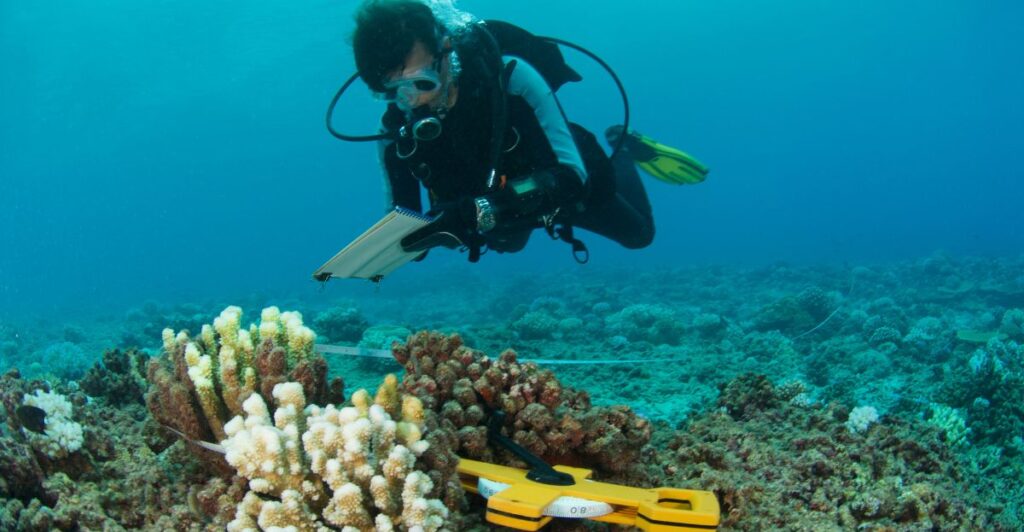
The monolith needs to be studied to fully understand its mystery, but these efforts will be difficult and expensive. The NOAA uses underwater unmanned vehicles and sonar technology to discover more about the ocean—this is how they found the monolith.
More detailed efforts to study the monolith would require much more funding and advanced technologies. These efforts may be too great when much of the excitement around it died down after learning that it was a geological feature.
If research is continued, then scientists will need to share their data openly to avoid misinformation and to help the scientific world fully understand any potential significance that the monolith could hold.
What The Future Could Hold
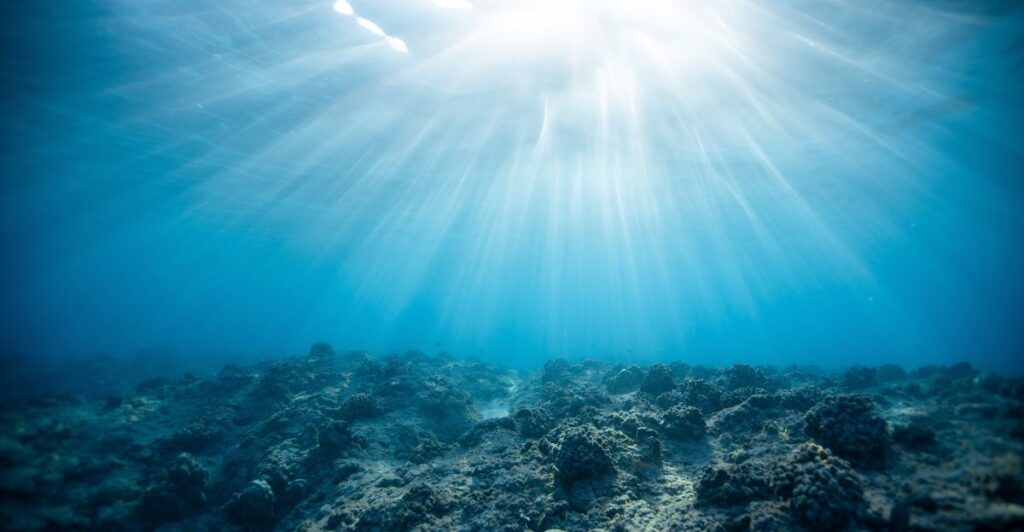
The discovery of the large geological structure on the Pacific Ocean floor could still be a significant find, as further research could give us a better understanding Earth’s history and help unravel some of the ocean’s many mysteries.
It doesn’t matter if the monolith is a natural feature; it still holds significance and reminds us of how little we know about our planet and how often new mysteries can appear out of nowhere.
As scientists develop techniques for researching and exploring the ocean, we have no idea what the next discovery will be, but with any research on the frontier of exploration, there are guaranteed to be more in the future.
Explore more of our trending stories and hit Follow to keep them coming to your feed!

Don’t miss out on more stories like this! Hit the Follow button at the top of this article to stay updated with the latest news. Share your thoughts in the comments—we’d love to hear from you!







